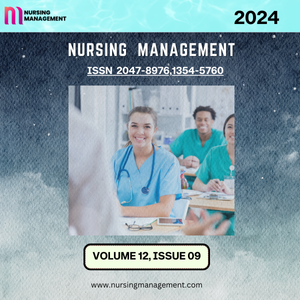Menu
Volume 9 Issue 3
Evaluation of the Psychometric Properties of the 18-Items Dysfunctional Attitudes Scale (Form B) in a Portuguese Sample of People Aged 60 and Over
Celso Silva,Rogério Ferreira,Bruno Morgado,Brooke C. Schneider,Ana João,Francisco Sampaio,Lara G. Pinho andCésar Fonseca
1Public Health Service of Principado de Asturias, 33001 Asturias, Spain
2Faculty of Medicine and Health Sciences, Universidad de Oviedo, 33006 Oviedo, Spain
3PRECAM Research Group, Health Research Institute of Asturias (ISPA), 33011 Oviedo, Spain
Author to whom correspondence should be addressed.
Abstract
Background: The use of complementary therapies in the general population is increasing, so it is necessary to understand the training that health professionals receive in this type of therapy in their training plans, as they are often the primary source of information for patients. Our aim was to investigate Spanish universities that offer subjects on complementary therapies in their nursing degree programs. Methods: This study is an observational, descriptive, cross-sectional study. For this purpose, we used a document published on the website of the Ministry of Universities as the working document. Additionally, a literature search was conducted up to September 2023 in the PubMed database, along with reverse searches. Results: Out of a total of 62 universities, only 16 (29%) offer a subject related to this type of therapy, 27.5% (11) are public universities and 22.7% (5) are private universities, most of them being optional subjects. Conclusions: The training content on complementary care in nursing degree programs in Spanish universities is scarce, highlighting the potential benefit of expanding and promoting it, in line with the recommendations of the World Health Organization.
Keywords: complementary therapies; alternative therapies; nursing education; university students
Editorial Board
Editor-In-Chief
Christopher J. Hayes, University of California, BerkeleyCalifornia
Associate Editors
David P. Williams, Johns Hopkins University
Sophia L. Brooks, University of Sydney
Arjun K. Mehta, University of Cambridge
Isabella S. Johnson, University of Toronto
Eli T. Garcia, University of Oxford
Grace M. Lewis, Stanford University
Mason R. Chen, University of Melbourne

